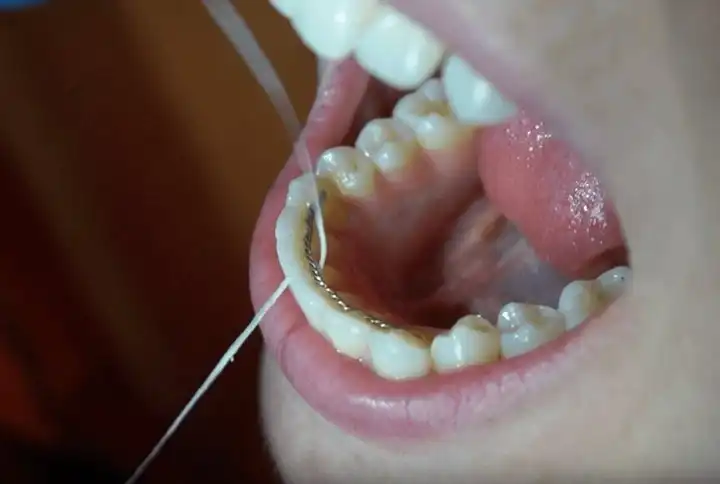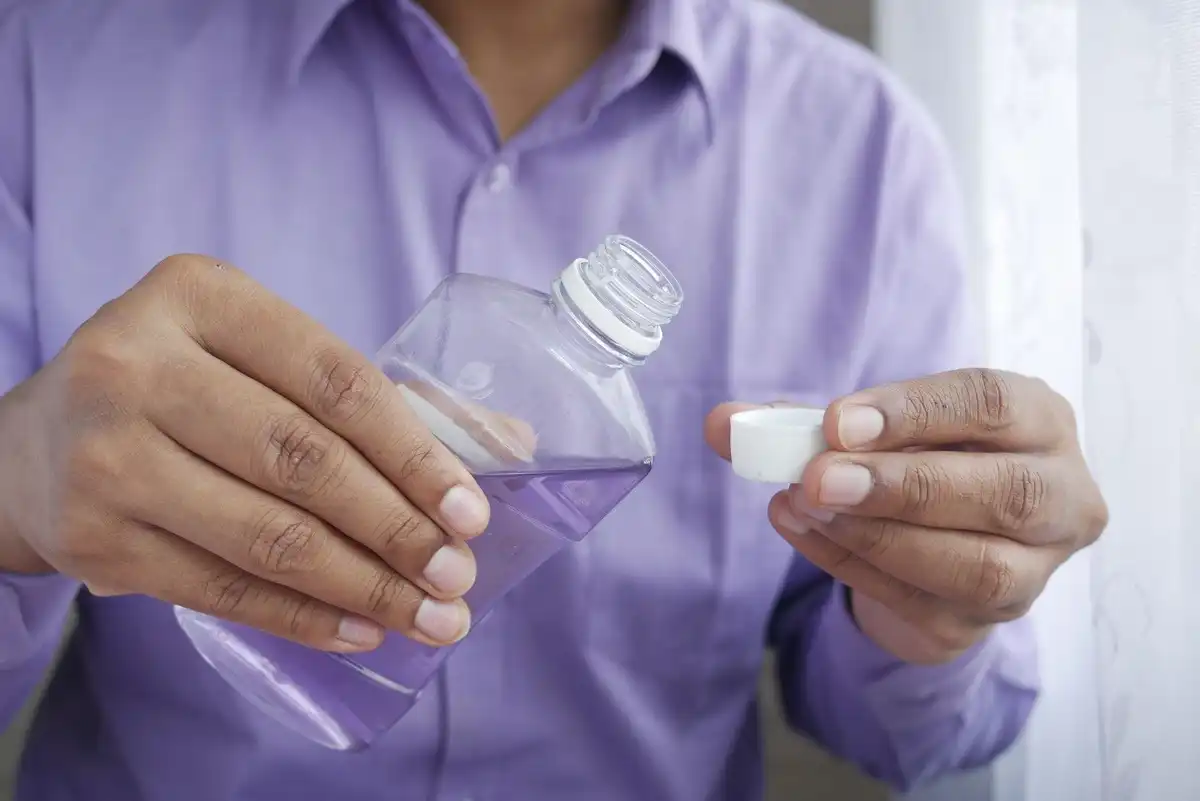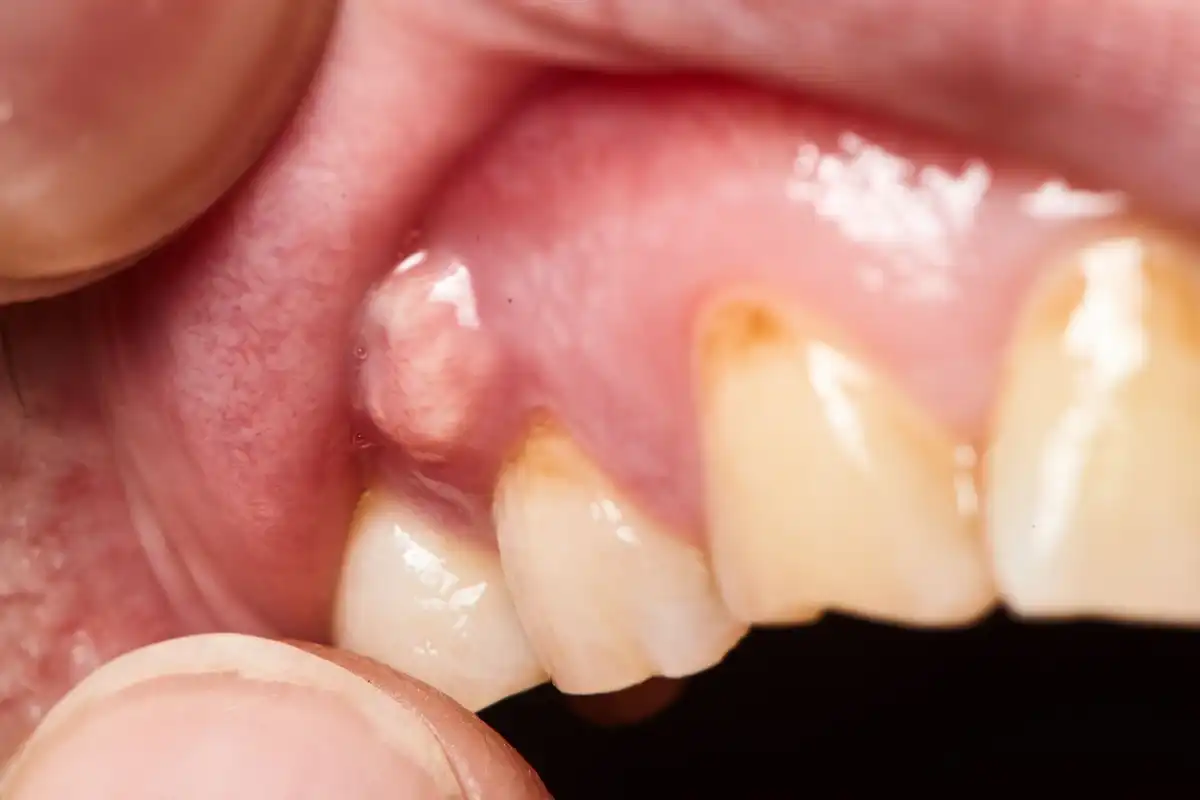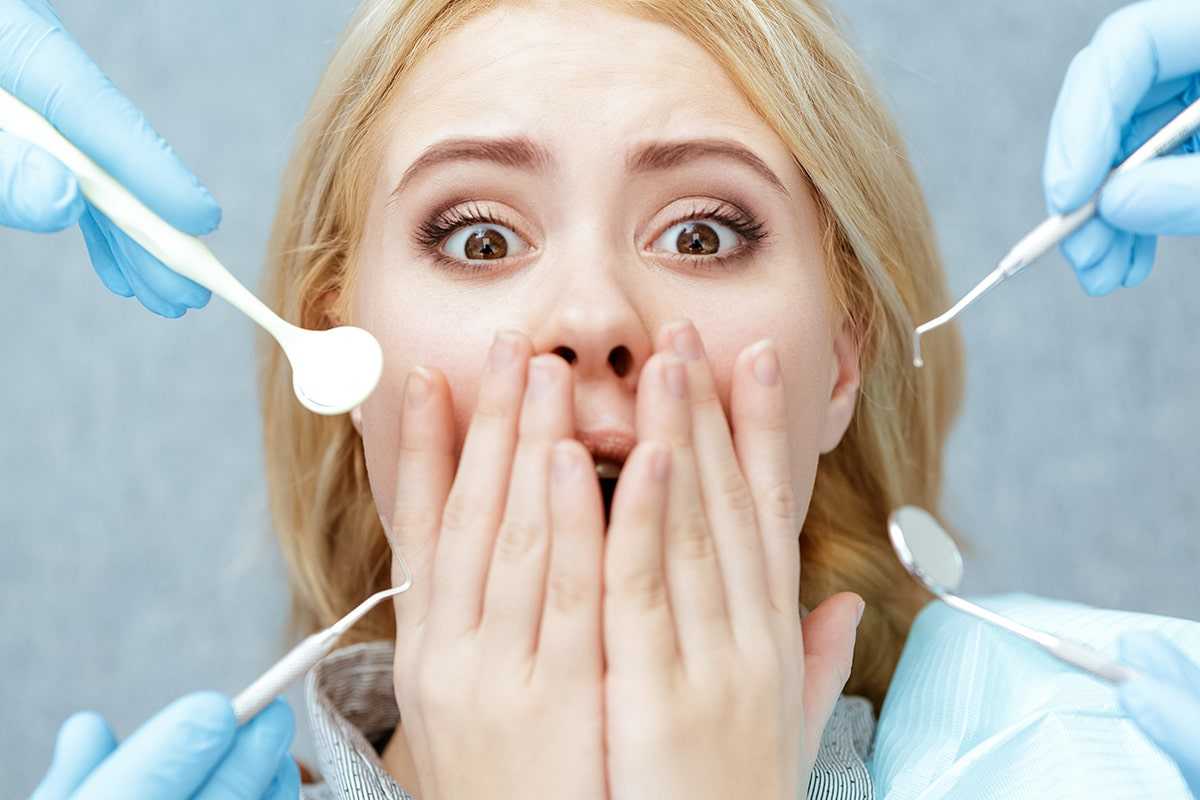5 Crazy Simple Ways You Can Prevent Cavities

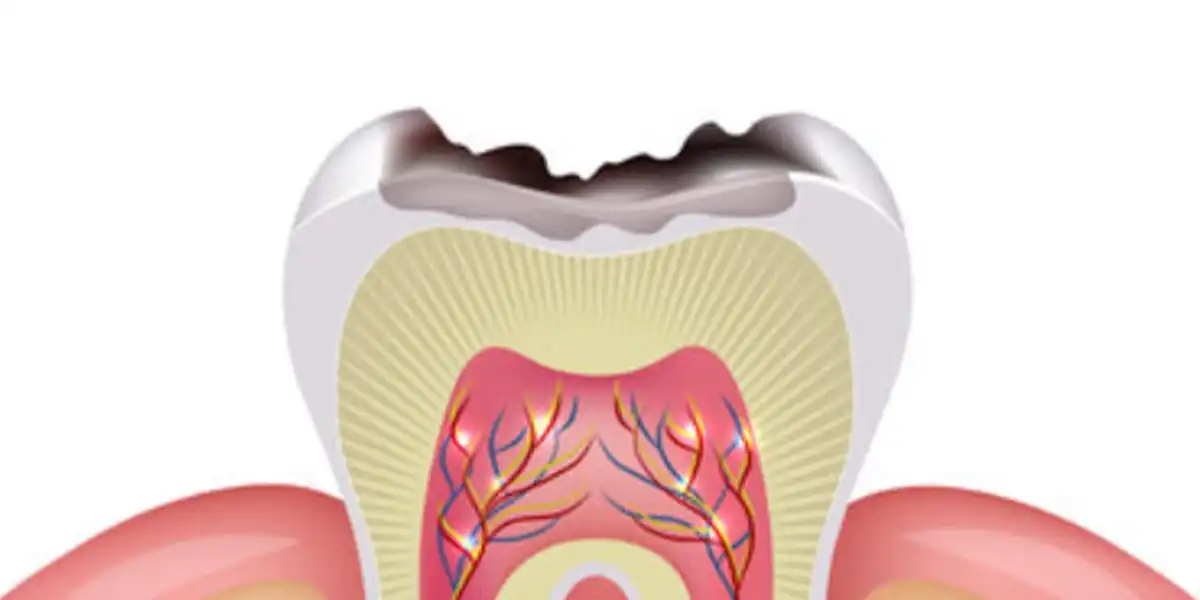
Looking for practical tips on how to prevent cavities? Also known as dental caries, cavities are bacterial infections that create voids in your tooth structure and have the ability to spread from tooth to tooth.
Symptoms of Tooth Decay
Most people think that as long as their tooth doesn’t hurt, they don’t have a cavity. Or if they don’t see a big brown spot, they’re in the clear.
Cavities are sneakier than that. Sometimes, tooth decay doesn’t hurt at all. Instead, you’ll experience signs of:
- Sensitivity to specific types of foods or drinks (especially sweet)
- Pain when you bite down
- Feeling a rough edge on your tooth when you run your tongue over it
- Food getting stuck in a certain area every time you eat
…and sometimes, there are no symptoms at all!
Causes of Cavities
Cavities are the result of acid erosion caused by bacteria sitting on your teeth. When plaque biofilm comes into contact with the food and drinks you consume, it breaks those particles down into acidic byproducts.
Your teeth can stand up to some of these acids. But extended exposure — like snacking more frequently or not cleaning the dental plaque away properly every day — can drastically raise your risk of getting new areas of tooth decay.
Prevent Tooth Decay
Even if you’re at a naturally higher risk of tooth decay, there are effective steps you can take to lower the number of extra treatments you need in the future.
You can step up your dental hygiene game with my FREE Oral Care Guide!
1) Brush a with fluoride toothpaste. Then Floss
There’s been a longstanding debate about whether it’s best to brush or floss your teeth first. But if you’re purposely trying to lower your risk of cavities, the best thing to do may actually be brushing, followed by flossing, and then rinsing.
Here’s why: toothpaste has fluoride in it. When you brush, it only gets the parts of your teeth that you can see. If you wait to rinse until after you floss, the flossing action can help the fluoride reach those cavity-prone areas between your teeth. After you’ve finished flossing, you can rinse your mouth with water.
Related: Can't stop getting cavities? Try BetterMouth, an oral health coach.
2) Rise with Fluoride Before Bed
Fluoride mouth rinse is great for lowering your risk of cavities and other issues like sensitivity. But you’re supposed to wait for at least 30 minutes after using fluoride before you eat or drink. During the day, that seems like a long time. If you use it right before bed, it’s not an issue!
Plus, when we go to sleep at night our saliva glands tend to shut down, making our mouths drier. Dry mouth can increase your risk of cavities, so putting fluoride on your teeth before you go to bed can be quite useful when it comes to protecting your tooth enamel.
3) Drink More Water and Rinse After Meals
When you eat, food gets caught in all of the chewing surfaces of your back teeth. If you’re not in a position to brush your teeth, you can step away for a moment to rinse your mouth out and get rid of some of that food debris.
Drinking with water helps lift away extra food particles, acids, and bacteria. Plus, it’s better for your tooth enamel than pop/soda/Coke.
And an added bonus: tap water isn’t just cheap, it also contains regulated fluoride levels that promote healthy teeth. So, bring a refillable bottle with you when you’re on the go!
4) Get Dental X-rays
We can’t stress it enough. The only way to check for cavities in areas like between your teeth is to have regular dental checkups X-rays (aka bitewings.)
Bitewing X-rays are probably the ones you’re going to hear your dentist talk about the most. These four little X-rays show important areas like where your teeth touch side-by-side, which just happens to be one of the most common places to get cavities.
Most dentists take low-radiation digital bitewings just once a year, but you may need them as frequently as every six months (especially if you have a high caries risk.)
5) Reduce Fermentable Carbs
Is candy your biggest risk for cavities? Nope. It’s fermentable carbs. That means breads, cereals, cookies, cakes, etc. Yes, candy and pop can cause cavities too. But fermentable carbohydrates are the ones that feed dental plaque and result in a lot more biofilm (acid byproducts) on your teeth.
If you can’t pass up the cookies, have them with your meal and then go rinse or brush afterwards. If you’re snacking throughout the day, try to go for a fresh fruit or veggie instead!
Pro Tip: Chew sugar-free gum after meals!
Happy Teeth = No cavities
The best methods for how to prevent cavities are:
- Using fluoride toothpaste followed by flossing
- Rinsing with fluoride mouthwash before bed
- Rinse with water every chance you get (and drink more of it too)
- Get your digital dental X-rays regularly
- Ask your dentist about dental sealants
- Visit your dentist regularly
And…
- Reduce your intake of fermentable carbs
- Limit sugary foods
While there may not be a way to totally eliminate tooth decay from your life, knowing how to prevent cavities and the tooth decay process can limit the number of fillings you need in the future.
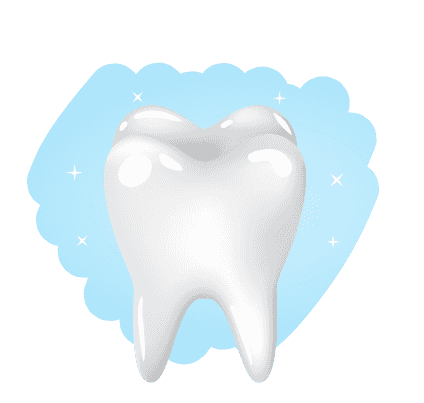
Make your inbox smile!
Subscribe


